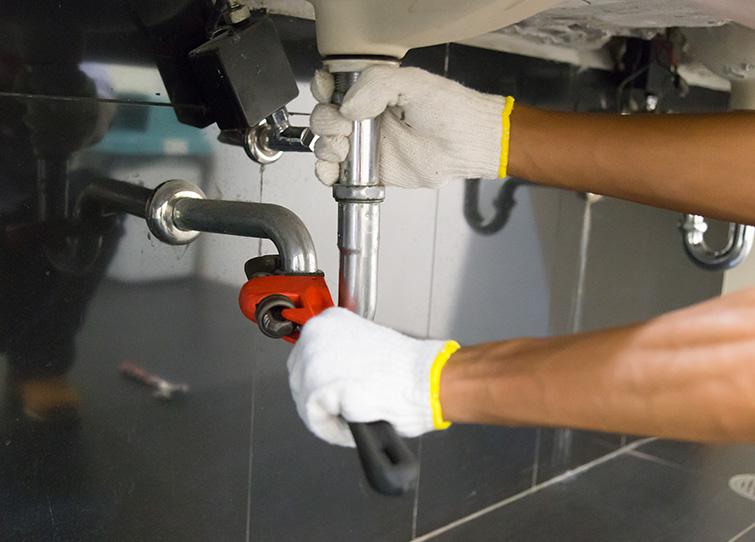Multiple exposure photography is a captivating technique that allows photographers to create unique and artistic images by combining multiple exposures into a single frame. Unlike traditional photography, which captures a single moment in time, multiple exposure photography involves layering two or more images to produce a composite image that blends elements from each exposure. This creative approach opens up a world of possibilities for experimentation and expression, enabling photographers to convey complex narratives, evoke emotions, and push the boundaries of visual storytelling.
1. Understanding Multiple Exposure Photography:
At its core, multiple exposure photography involves overlaying two or more images onto a single frame of film or sensor. In the analog era, photographers achieved this effect by exposing the same frame of film multiple times, either by rewinding the film after each exposure or using a camera with a built-in multiple exposure feature. In the digital age, multiple exposure photography can be achieved using image editing software to combine separate images into a cohesive composite.
2. Creative Potential:
The beauty of multiple exposure photography lies in its creative potential. By layering different images together, photographers can create surreal and dreamlike compositions that transcend reality. From blending portraits with natural landscapes to juxtaposing urban scenes with abstract patterns, the possibilities are limited only by the photographer’s imagination.
3. Techniques and Approaches:
There are several techniques and approaches to multiple exposure photography, each offering its own unique aesthetic and visual impact. One approach involves overlaying images of similar subjects to create a sense of motion or depth, such as photographing a moving subject against a static background. Another approach involves blending images with contrasting elements to create juxtapositions and visual tension, such as combining portraits with architectural details or natural textures.
4. Planning and Preparation:
While multiple exposure photography offers endless creative possibilities, it also requires careful planning and preparation to achieve the desired results. Before shooting, photographers should carefully consider the subject matter, composition, and lighting conditions for each exposure. It’s also essential to choose images that complement each other and work together harmoniously to create a cohesive final image.
5. Experimentation and Exploration:
One of the most exciting aspects of multiple exposure photography is the opportunity for experimentation and exploration. Photographers are encouraged to push the boundaries of their creativity and try new techniques, subjects, and approaches. Whether it’s blending images of nature with urban landscapes, experimenting with different exposure settings, or incorporating elements of abstraction and surrealism, the possibilities for creative expression are endless.
6. Technical Considerations:
In addition to artistic vision and creativity, multiple exposure photography also requires an understanding of technical considerations such as exposure settings, focal length, and depth of field. Proper exposure is critical when combining multiple images, as overexposed or underexposed areas can detract from the overall impact of the final image. Additionally, photographers should pay attention to the alignment and registration of each exposure to ensure that they blend seamlessly together.
7. Post-Processing and Editing:
While multiple exposure photography often begins in-camera, post-processing and editing play a crucial role in refining and enhancing the final image. Image editing software such as Adobe Photoshop offers a wide range of tools and techniques for blending, masking, and adjusting multiple exposures to achieve the desired look and feel. From fine-tuning exposure and contrast to adding creative effects and textures, post-processing allows photographers to take their multiple exposure images to the next level.
8. Pushing the Boundaries:
As with any artistic medium, multiple exposure photography is constantly evolving, with photographers pushing the boundaries of what’s possible and redefining the limits of creativity. From experimental techniques and unconventional subject matter to innovative approaches to editing and post-processing, the world of multiple exposure photography is ripe with opportunity for exploration and innovation.
9. Inspiration and Resources:
For photographers interested in exploring multiple exposure photography, there’s no shortage of inspiration and resources available. Online communities, forums, and social media platforms provide a wealth of inspiration, tips, and tutorials from fellow photographers. Additionally, workshops, classes, and tutorials offer opportunities to learn new techniques and refine existing skills.
10. Conclusion:
In conclusion, multiple exposure photography is a captivating and versatile technique that offers photographers endless opportunities for creative expression and exploration. By combining multiple exposures into a single frame, photographers can create surreal and evocative images that transcend reality and convey complex narratives. Whether blending portraits with landscapes, experimenting with abstract patterns and textures, or pushing the boundaries of visual storytelling, multiple exposure photography opens up a world of artistic possibilities for photographers of all skill levels.






